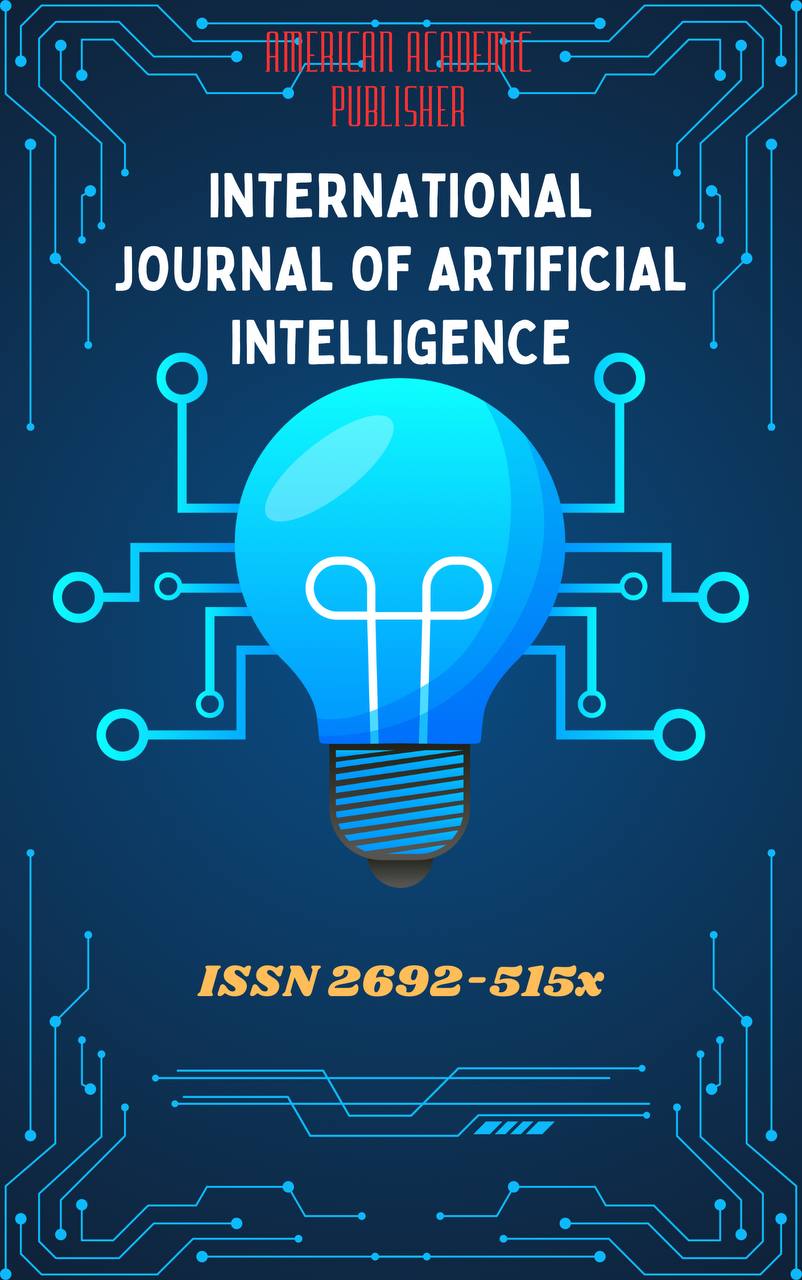 Articles
| Open Access |
Articles
| Open Access | THE INTEGRATION OF LISTENING WITH OTHER LANGUAGE SKILLS IN ENGLISH LANGUAGE CLASSROOMS
Muradova Mehrangiz Umid kizi , ISFT, English teacher.Abstract
In second language (L2) acquisition, the integration of listening with other language skills—speaking, reading, and writing—has gained increasing attention in recent years. This integrated approach is based on the understanding that language skills do not function in isolation but interact dynamically during real-life communication. This article explores the theoretical foundations and practical applications of integrating listening with speaking, reading, and writing in the English language classroom. It examines the cognitive, pedagogical, and linguistic benefits of such an approach and provides recommendations for teachers on how to effectively incorporate integrated language activities to enhance students’ overall language proficiency.
Keywords
effective, learning, process, strategy, contribution, integration, examining, theoretical.
References
Vandergrift, L. (2007). Teaching and Testing Listening Comprehension. Cambridge University Press.
Harmer, J. (2007). The Practice of English Language Teaching (4th ed.). Pearson Longman.
Ellis, R. (2003). Task-Based Language Learning and Teaching. Oxford University Press.
Nunan, D. (2004). Task-Based Language Teaching. Cambridge University Press.
Swain, M. (1985). Communicative Competence: Some Applications to Second Language Teaching and Testing. Applied Linguistics, 6(1), 62-80.
Article Statistics
Downloads
Copyright License

This work is licensed under a Creative Commons Attribution 4.0 International License.

